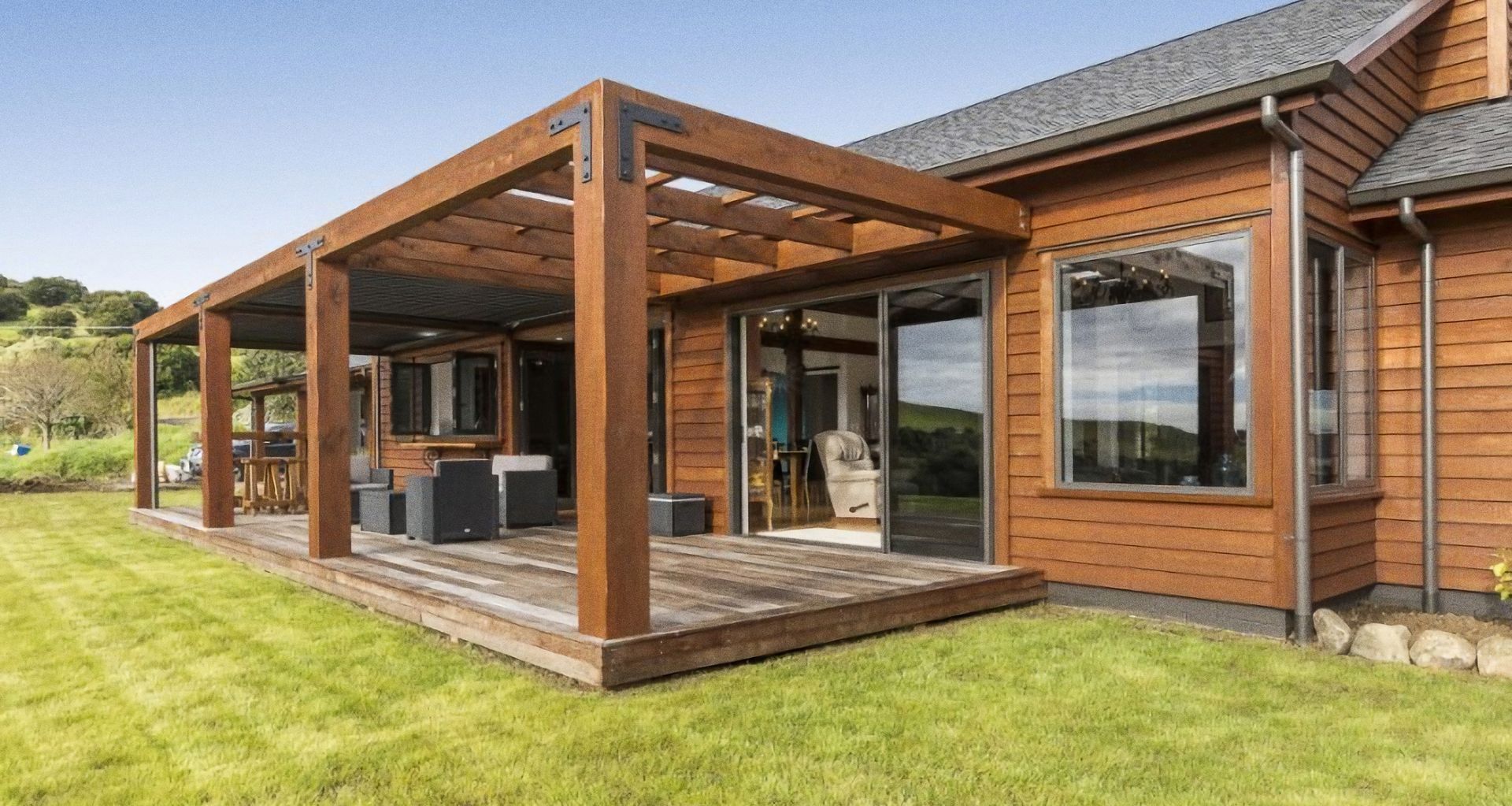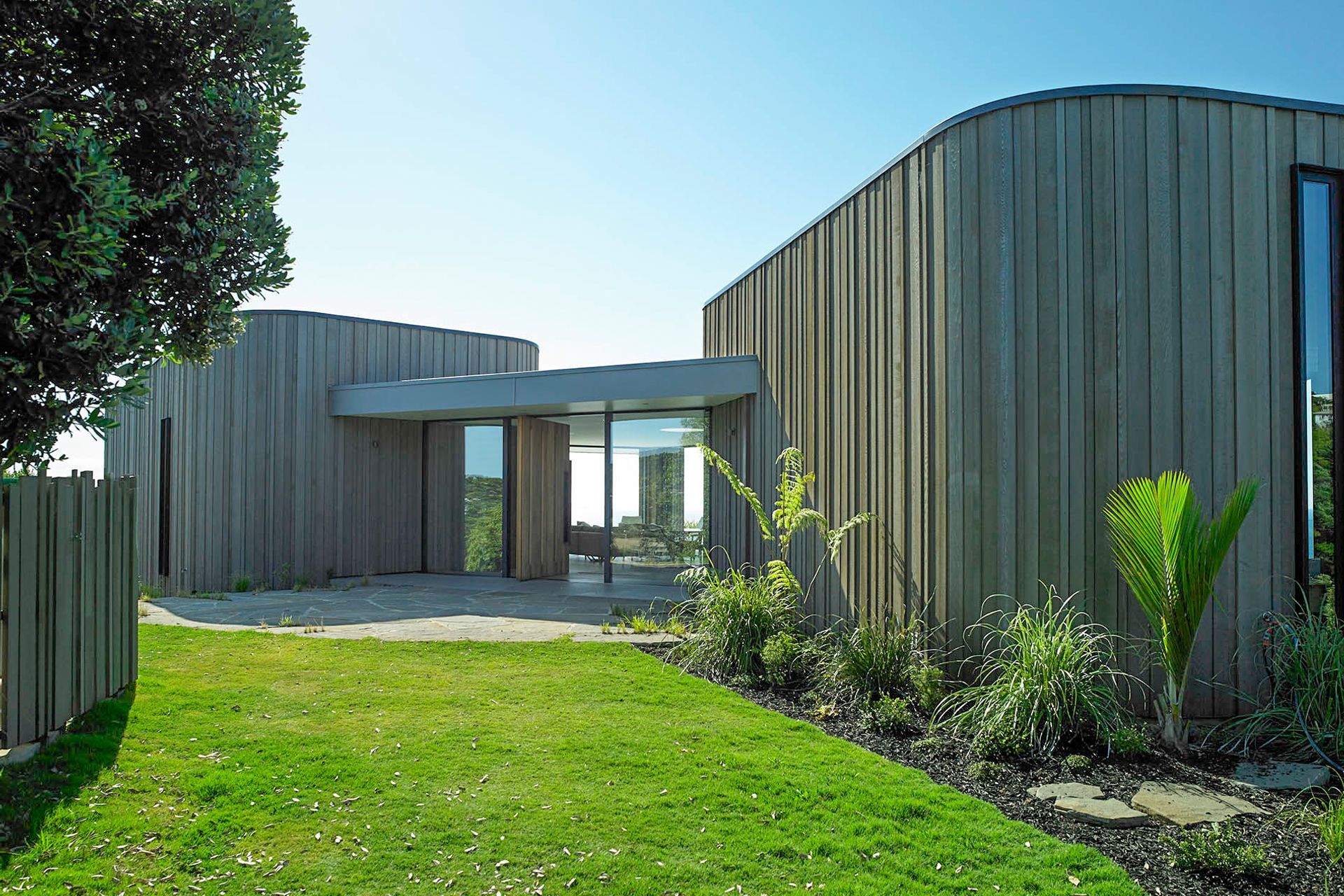Is your timber really sustainable?
Written by
29 June 2017
•
4 min read

True sustainability in regards to timber can mean a lot of things – no clear felling, appropriate replanting, not harming communities or the environment and the list goes on. As a result, it’s not always easy to ensure you are using truly sustainable timber.
Sustainable Timber Certification
There are, though, various timber certifications around the globe that adhere to many of the major concepts of sustainability, and ones that are generally accepted as the best. In New Zealand, that is commonly the Forest Stewardship Council certification or FSC. In Australia and North America, the favoured certification is the Programme Endorsement of Forest Certification scheme (PEFC), which amounts to a very similar set of requirements to the FSC certification. PEFC Timbers are also recognised in NZ equally as FSC.
“’Sustainable’ has taken on a lot of meanings and encompasses a wide range of things,” JSC Timber‘s Johnny Dobbyn says. “All the certifications look at how the use of timber and plantations affects the land, the environment, communities, and ensures suitable forest management for future generations.”
Timber Sustainability in New Zealand
Timber can be sustainable in different ways. In New Zealand, fast-grown exotics are generally considered sustainable for example. But while fast-grown exotics are sustainable in many ways, there are some drawbacks in their end use.
Those drawbacks relate mainly to its structural integrity; when timber is grown fast, it is not as structurally stable or durable as it would be if it came from an old-grown tree and so it’s important to know what type of timber to use for what application in order to ensure the most longevity possible.
“Modification and treatment of these fast-grown timbers is now commonplace in New Zealand and globally to help with some of these performance issues,” Johnny says.
In comparison, old growth timbers are naturally durable and have proven stability so they don’t need modification, which is a benefit and they are often classed as sustainable too.
“Aside from these types of points though, something we really need to look at as a country and as a design community is the way we use timber in that the more you use of the tree, the more sustainable it is. What that means is, using veneers for example is wonderful because you are stretching the resource much further. We do need to be mindful though that generally in New Zealand, the timber that is used for veneers represents only the top 10 per cent of the tree, and veneers are limited to interior applications only, so again, there are some drawbacks.”
Using All Parts of the Tree
For exterior use timber and in regards to timbers chosen for durability, in New Zealand over the last half century, we’ve also become used to using what can be described as ‘clean’ timbers; timber without knots or marks.
“This ‘clean’ timber only accounts for about 10 to 20 per cent of the entire tree. We’re often been trying to get away from that real character of natural wood and shying away from incorporating the marks and knots that make it what it is,” Johnny says.
“This is an area where Europe is leading the way and changing how they do things. Using every part of the tree, not just the ‘clean’ parts is, again, stretching the use of the resource and in doing so making it more sustainable. As a country we need to embrace that thinking and follow it, not just for aesthetics but to work more sustainably.”
Get in touch with JSC Timber on ArchiPro here to find out more about how to ensure the timber you’re using represents true sustainability.


